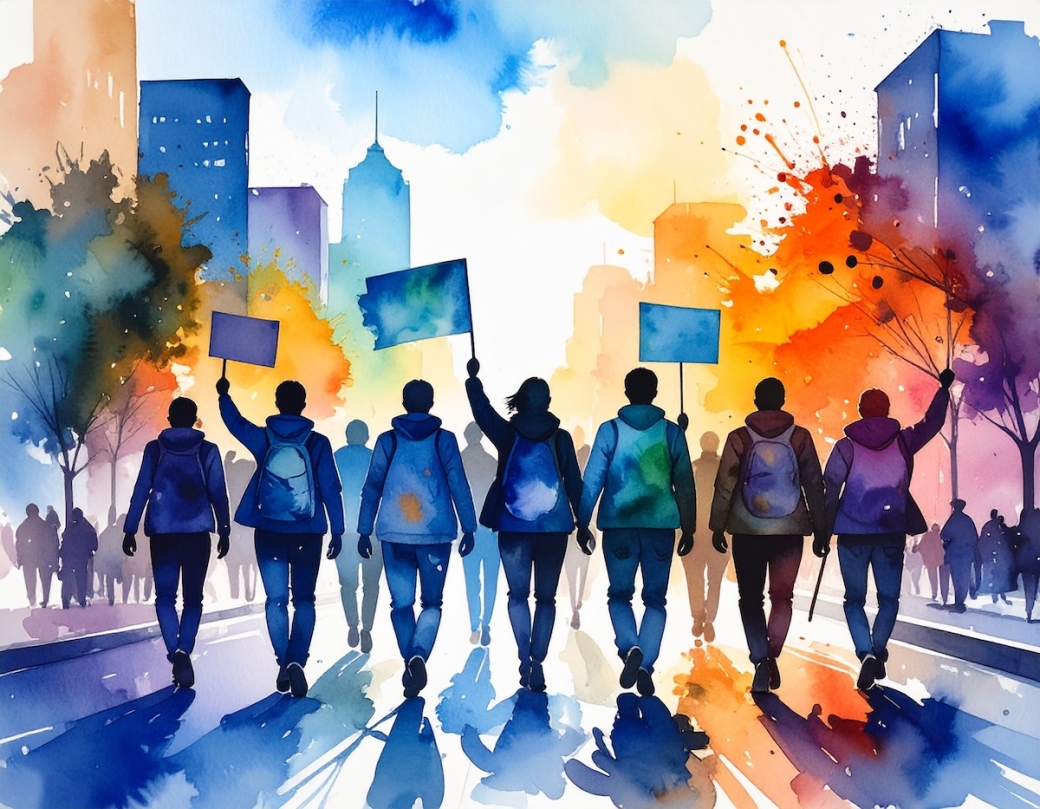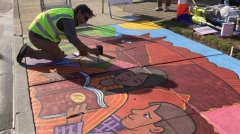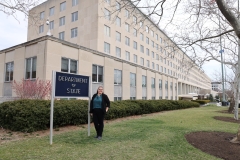Field Work: Students Bring Complex Community Needs Data to Life in Bilingual Videos
| by Caitlin Fillmore
Students have put their skills to work on a years-long data analysis and marketing project through a partnership between the Institute’s META Lab and the United Way of Monterey County.




